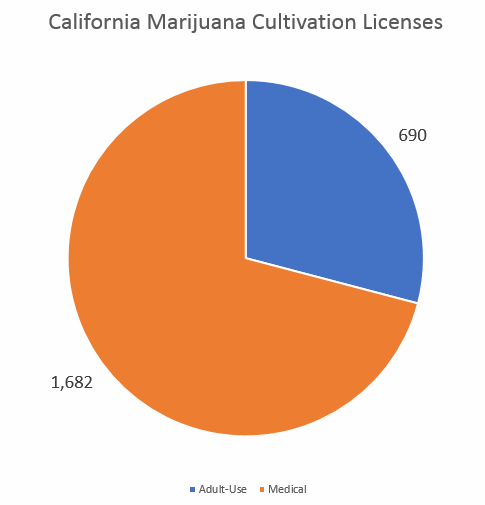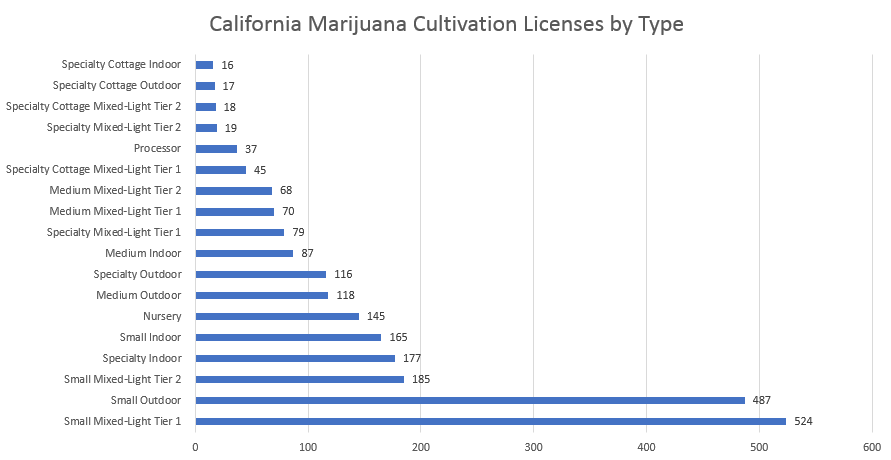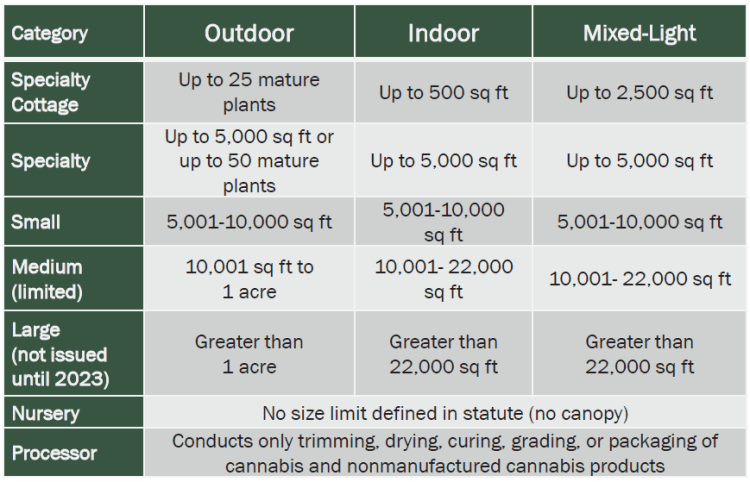Jacob Uitti speaks to several CEOs about what they’ve learned from other businesses’ failures.

The following is an article produced by a contributing author. Growers Network does not endorse nor evaluate the claims of our contributors, nor do they influence our editorial process. We thank our contributors for their time and effort so we can continue our exclusive Growers Spotlight service.
During the course of the Great Legal Cannabis Experiment that’s taken place in Washington State over the last few years, much has been learned. People will waltz into stores and blissfully buy cannabis products, regardless of whether they’re $5 joints or elaborate chocolate fudge-filled edibles. The market fluctuates greatly, but, in spite of that, it also produces a great deal of tax revenue. And the competition for customers is fierce. The tooth-and-nail struggle for consumers and their cash has caused many cannabis careers to end abruptly, both in the retail side and the producer-processor side of business.
But why, exactly, do these businesses die off?
Depending on whom you ask, there are a number of reasons a business might fail:
- Poor business decisions and/or a lack of experience.
- Failure to comply with the regulations set and enforced by the state Liquor Control Board (LCB).
- A lack of retailers or consumers to sell products to.
- Or, perhaps, retailers lack the creativity think outside the box in their marketing.
To get a better picture of the situation, I spoke with some of the industry’s top professionals:
- Jeremy Moberg, CEO-owner of Cannasol Farms
- Shawn Denae, CEO of WA Bud Company
- And Ian Eisenberg, founder and owner of Uncle Ike’s.
Jeremy Moberg, Cannasol Farms
According to Jeremy Moberg, one of the large flaws in the industry boils down to overproduction: “The LCB is allowing over-production,” he said. “And doesn’t seem too keen on correcting it.”
While Moberg says he’s observed only a few dispensaries go under, he’s seen many growers go kaput. And once they do go under, their licenses aren’t dissolved. Rather, they’re sold to the highest bidder. This means that if a farm fails, production doesn’t necessarily stop.
“There needs to be attrition,” he says. “But until the LCB recognizes [that] they need to create a stable marketplace, I don't think we are going to see any change. We’ll continue to see the conglomeration of licenses.”
Moberg warns that without the proper regulations, the potentially lucrative cannabis business could soon become like the stagnant, subsidized corn industry. And while Moberg isn’t worried about his own business, which is in the top 100 of the 800 or so cannabis producers in Washington, he recognizes that the situation can be tenuous.
“If we had any sort of disaster,” he says, “it could be the end for us.”
Shawn Denae, WA Bud Company
Like Moberg, Denae thinks that the market was flooded too quickly with too many growers, setting many up to fail. While she says the LCB is “bending over backwards to keep dispensaries open,” growers aren’t so lucky.
In the initial stages of licensing, Washington was deluged by the number of applications. Cannabis prices were at an all-time high, and people wanted in. Once prices fell due to oversaturation of the market, many applicants quickly discovered that they weren’t able to run a business because the price per unit was way lower than what they expected.
But Denae has remained steadfast with her own farm. “Once your price goes down,” she says, “you can’t go back up - that’s a really hard thing to do. Out of desperation, people drop their prices just to make a sale, but they can’t make up the cost in volume.”
So, is there a magic wand solution? “Well,” she says, “it’s multifaceted.” One possible solution, she adds, might be to “allow [...] direct sales.” Wineries allow tours, tastings and sales on sight, Denae believes pot farms should be able to do the same. “That would really help,” she says.
Ian Eisenberg, Uncle Ike’s
On the other side of the counter, Eisenberg, perhaps Seattle’s most notorious retailer, believes dispensaries and growers fail for one underlying reason. “It’s [just] like anything else,” he says. “It you’re making t-shirts and you’re trying to get into Nordstrom’s, it’s not that easy. You have to stand out.” For Eisenberg, it boils down to “classic business 101,” which means market differentiation.
Additionally, when cannabis was legalized, many shops opened at the same time. “Imagine if you had 500 bars opening all at once,” Eisenberg offers, “you would have a high percentage of them closing around the same time, too.” When asked for a specific example, Eisenberg cites the recent case of the now-closed cannabis dispensary, Vela, which had a grower and extractor visibly attached to its dispensary like a brew pub might expose its equipment to patrons.
“Everyone thought that was novel,” says Eisenberg. “But then the customer went in once, saw it and no one cared. Vela hired a big retail consultant to try and reinvent the experience, they didn’t use words like ‘indica’ or ‘sativa,’ but instead they had a ‘mood chart.’ They gambled that soccer moms would like that.”
On the other hand, Eisenberg says his shop is successful because his “bud tenders are the best in the country.” He says he pays the highest wage and offers full medical benefits. He designed his business model to break even, not get rich. Like a slow burn rather than hoping to win the proverbial retail cannabis lottery. “I’m really old - I’ve worked all kinds of startups before this.” For Eisenberg, the best successes come from entrepreneurs that are versed in good business practices.
How does Eisenberg see both the retail and grower market evolving in the future? Well, it’s simple, of course. “Businesses that are good,” he says, “will do well. And the people who are barely hanging on will need to sharpen their pencils. It’s just like any other industry.”
10 Best Gift Ideas for Cannabis Connoisseurs and Growing Aficionados (2022)
December 7, 2022Developing and Optimizing a Cannabis Cultivation System
December 14, 2021Dealing with Insomnia: How Can CBD Help?
December 10, 2020Your Guide to Sleep and CBD
December 7, 2020
Do you want to receive the next Grower's Spotlight as soon as it's available? Sign up below!
Resources:
Want to get in touch with Jacob Uitti? He can be reached via the following methods:
- Twitter: https://twitter.com/jakeuitti

Do you have any questions or comments?

About the Author
Jake Uitti is a Seattle-based writer. His work has appeared in the Washington Post, Seattle Times and Alaska Airlines Magazine. He also really likes Tarukino's Happy Apple drink.







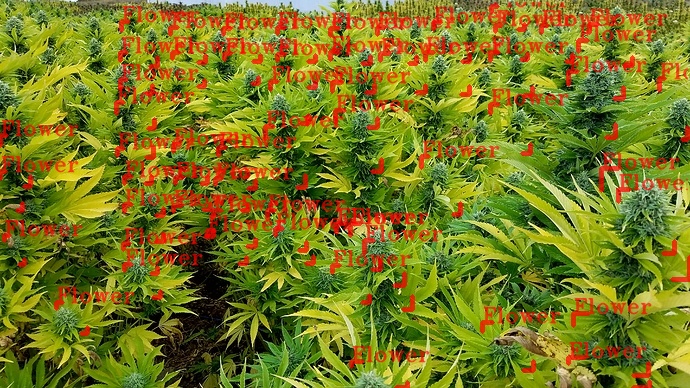
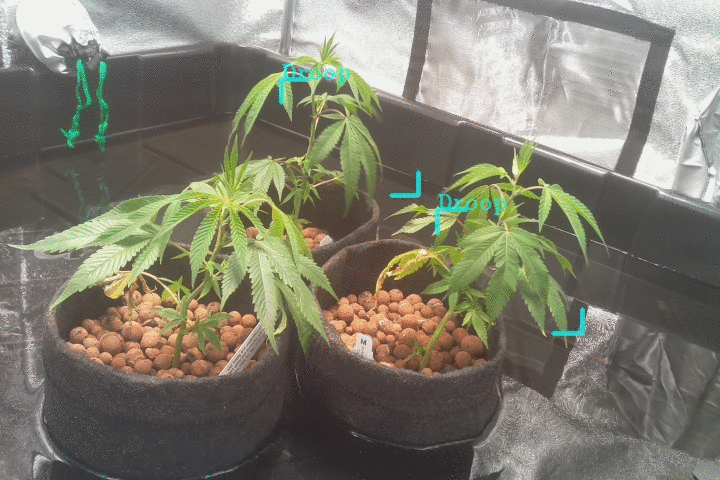





 Reads: Grove's Incandescent Lamp of 1840
Reads: Grove's Incandescent Lamp of 1840 This is how I picture internet wars.
This is how I picture internet wars.




